US Trade Representative Robert Lighthizer poured cold water after the May 17 deadline for NAFTA negotiation passed without breakthrough. He said “the NAFTA countries are nowhere near close to a deal.” with “gaping differences” on a number of issues. He pledged to work towards the “best possible deal for American farmers, ranchers, workers, and businesses.”
Just hours before Lighthizer’s comments, Canadian Prime Minister Justin Trudeau said he was “positive” about NAFTA talks. He said “it’s right down to the last conversations. … I’m feeling positive about this, but it won’t be done until it’s done.”
Mexico’s economy minister Ildefonso Guajardo also said a deal could be reached by the end of May. But he didn’t rule out extending the talks beyond July 1 Mexican presidential election.
May 17 was a deadline House Speaker Paul Ryan told the NAFTA countries for having the deal approved by the current Congress by the end of this year.




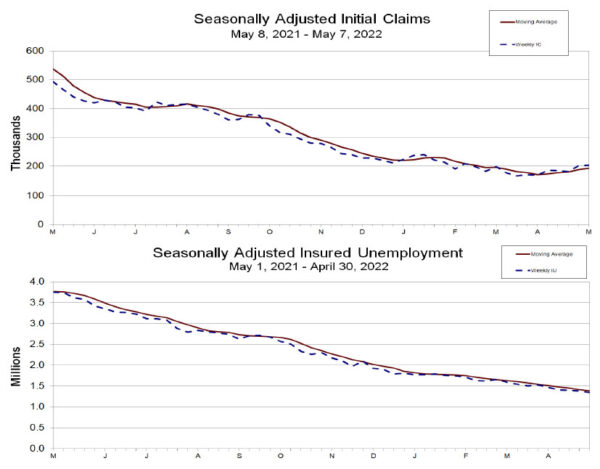
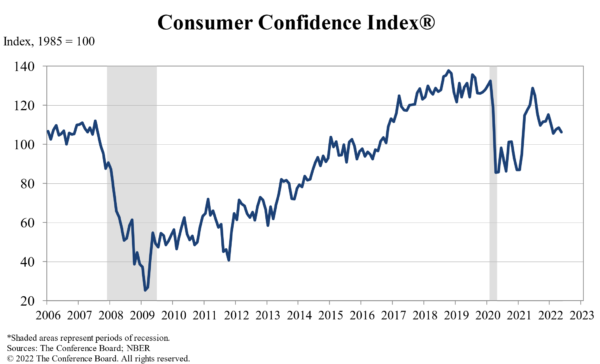
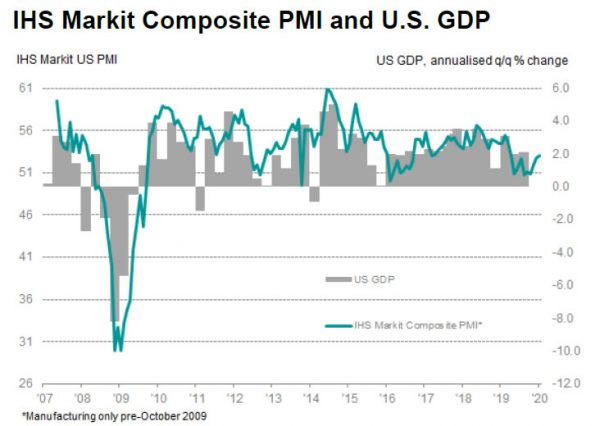
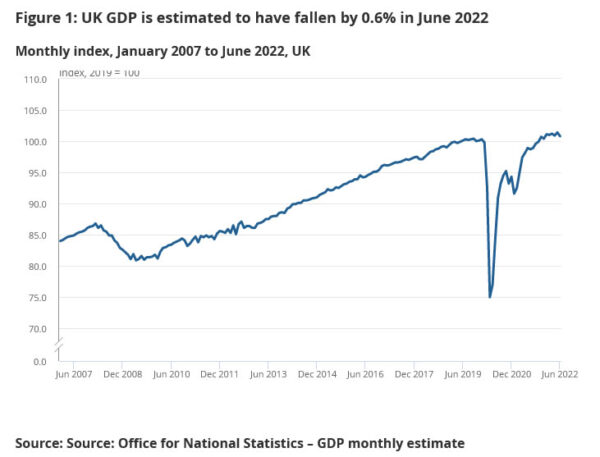
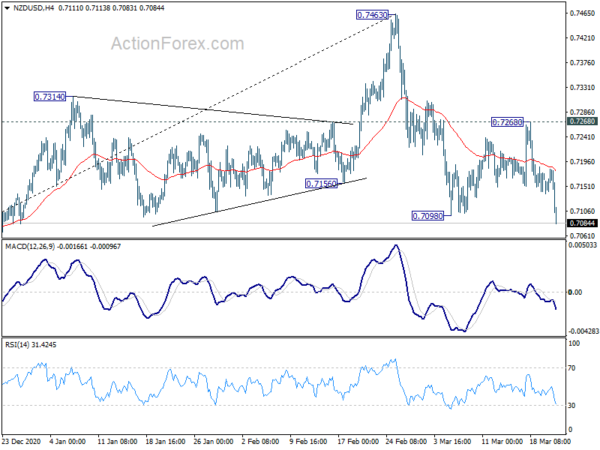

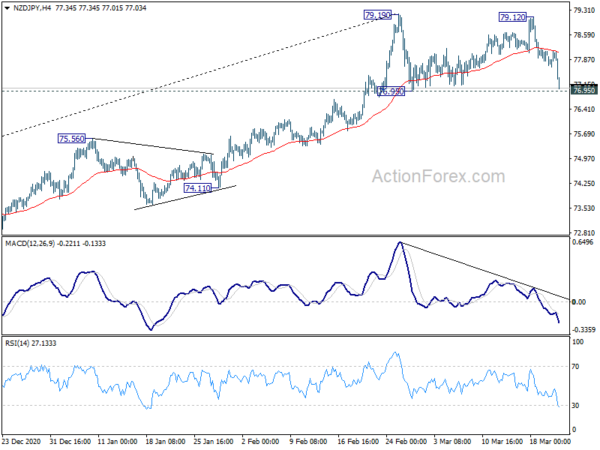
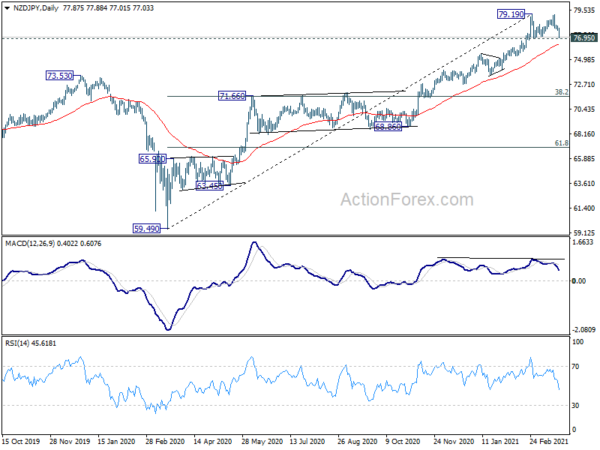
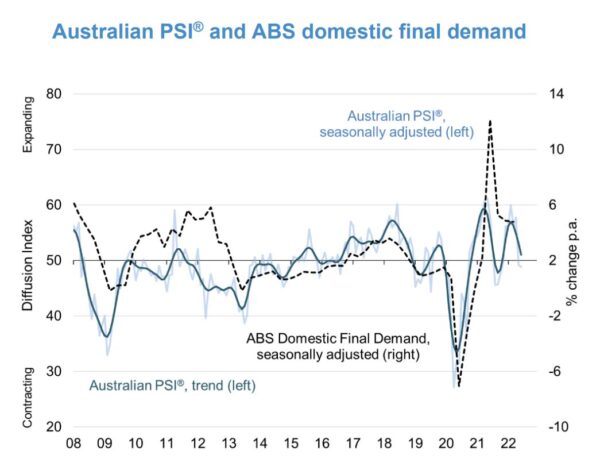
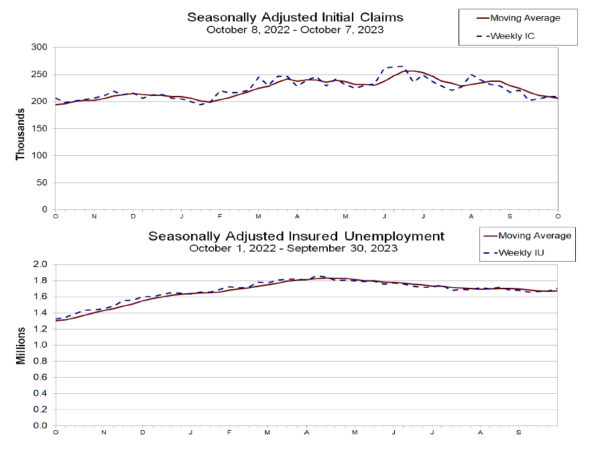
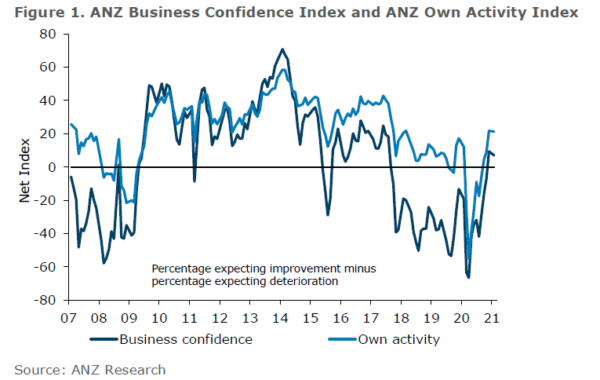
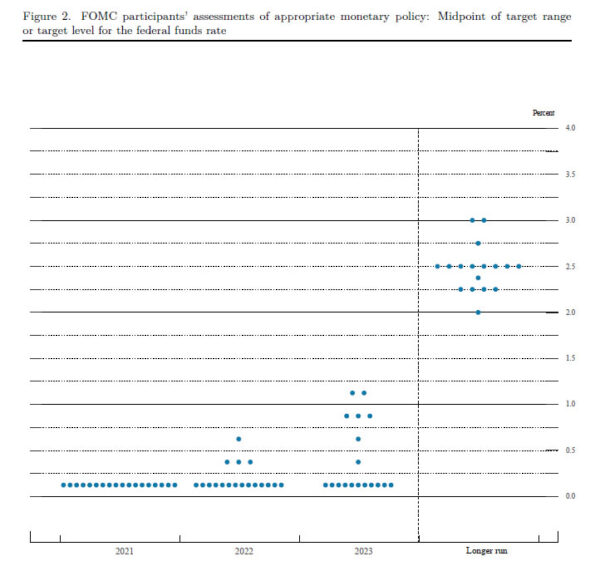
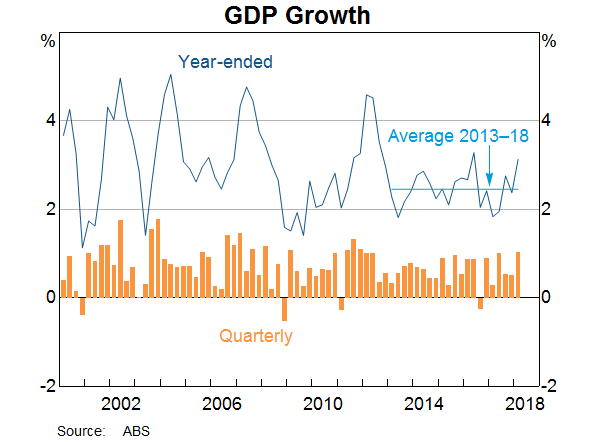
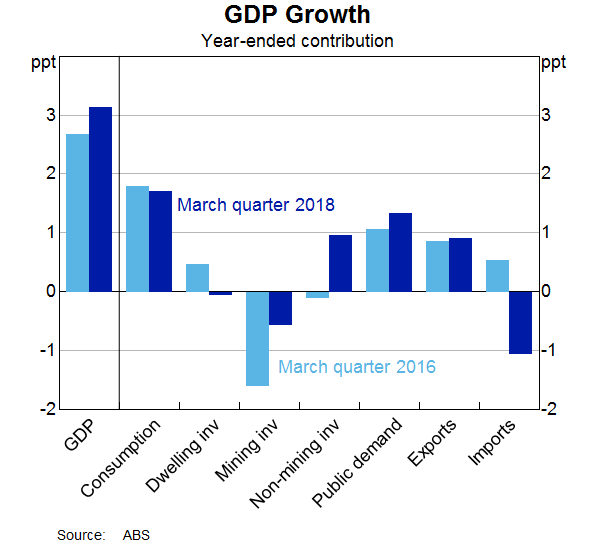

ECB Lagarde: We’re heading firmly towards a return to pre-COVID-19 level
ECB President Christine Lagarde said in a Politco interview, “you don’t remove the crutches from a patient unless and until the muscles have started rebuilding sufficiently so that the patient can walk on his or her own two legs. ”
“The same applies to the economy,” She added. “We are at a turning point where, bearing in mind alternative variants, we are on that recovery path, heading firmly towards a return to the pre-COVID-19 level.
She also reiterated that ECB has indicated the PEPP program will continue “until at least March 2022 and, in any case, until the Governing Council judges that the pandemic crisis phase is over.” Eurozone seems to be “heading in the right decision”. But it’s “far too early to debate” ending the PEPP program.
Full interview here.